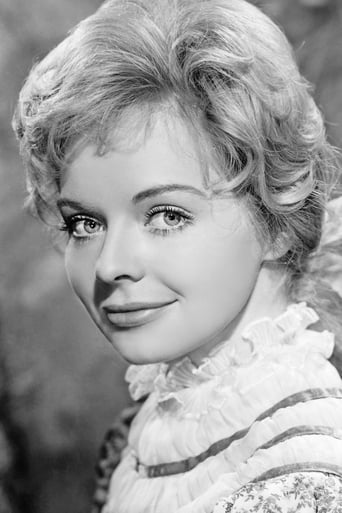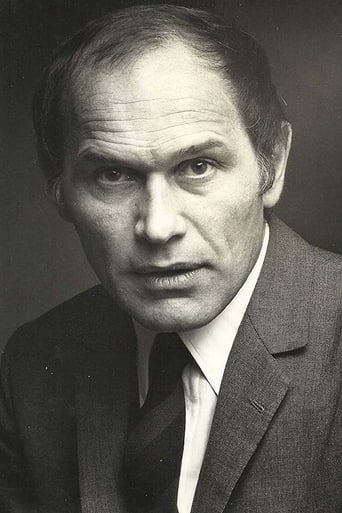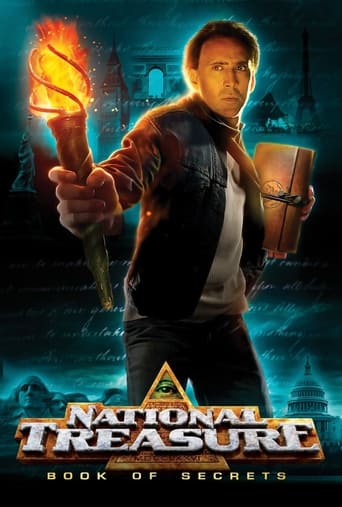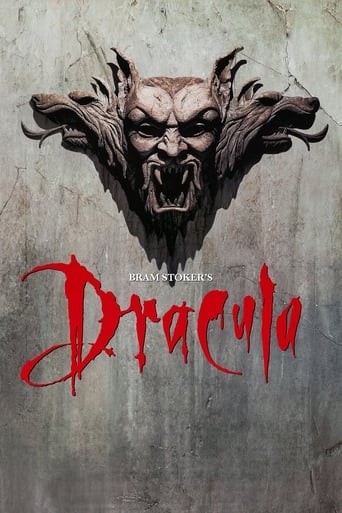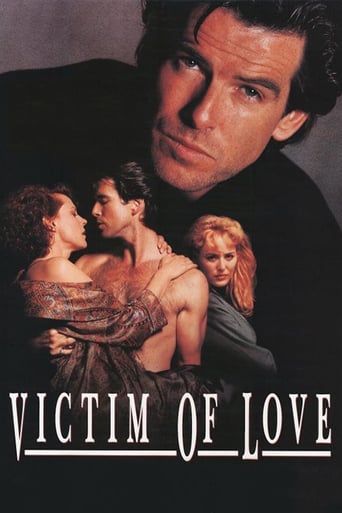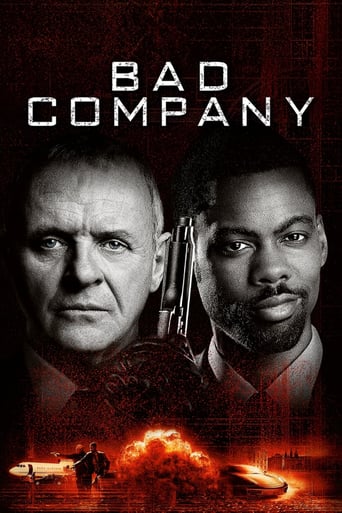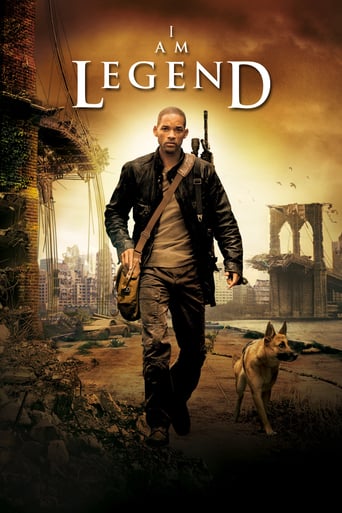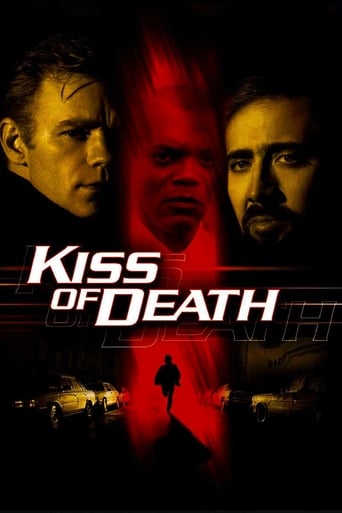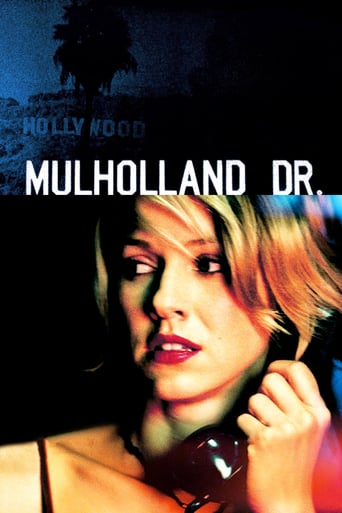
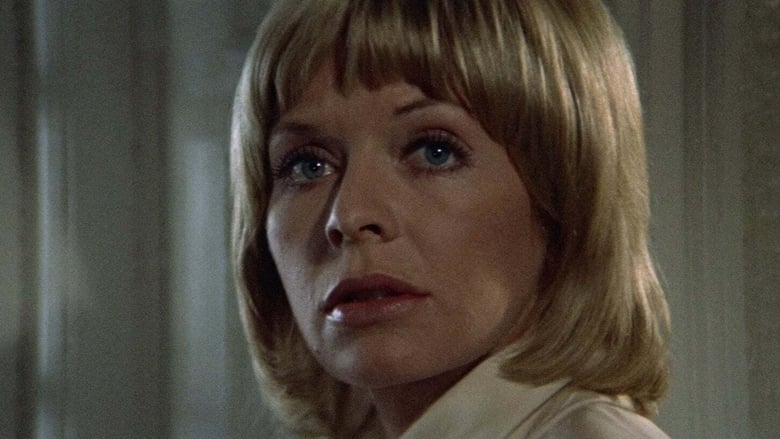
Images (1972)
While holidaying in Ireland, a pregnant children's author finds her mental state becoming increasingly unstable, resulting in paranoia, hallucinations, and visions of a doppelgänger.
Watch Trailer
Cast


Similar titles
Reviews
Altman's only horror film. It stars Susannah York as a woman suffering from schizophrenia. She's married but keeps seeing--and hearing--dead lovers from the past who torment her. Then she starts seeing people who are still alive and can't tell if they're real or not. What will she do?Unsettling film. It's shot in stark, bleak landscapes and has a VERY unnerving score from a young John Williams. This is unlike anything Altman ever did. Him and York in fact wrote the movie together. The acting is excellent and the film has a satisfying ending. It was not a big success and Altman never tried another film like this. It's fallen into obscurity which is a shame--it's really not that bad. Worth a look.
Altman's little-seen psychological thriller, "Images," takes on the plot of a woman working on a children's book. One night, she receives a series of mysterious phone calls from a woman who tells her that her husband is cheating on her. After the probability of this is dismissed, she retreats to a country farmhouse with her husband to work, where she is visited by a series of people from her past, as the line between reality and fantasy is continually blurred.Perhaps less thick with dream fog than "3 Women" but ten times more unnerving, "Images" is a film that truly hasn't gotten the audience it deserves. It's two parts art film and two parts psychological horror, while Altman toes the line the entire way through. Taking cues from Ingmar Bergman as well as Polanski, it's an incredibly bizarre film, especially when taken as a cohesive piece; but the real strength of it lies in the effective cinematography and the successive sequences that could almost stand as monumental short films all on their own. Slick cinematography amplifies the reality (or unreality) of the film, with characters changing bodies between shots, and Cathryn's husband walking through a swinging door only to return as her dead ex-lover. It's precisely this jarring technique that really make this work as a horror film and elicit true moments of shock and fear; we don't know what to expect from one moment to the next, just as Cathryn doesn't. It's a film of doubling, identity, and hallucination— Cathryn sits at the bottom of a waterfall writing, while the camera pans down river to Cathryn sitting on the edge of a bluff, watching herself write. Which Cathryn is the "real" Cathryn? Who is Cathryn? Is her ex- lover dead? Why have her husband's friend and his doppelgänger daughter come to visit? It's the these questions that haunt the audience throughout, and remain with you after the shocking final scene. Many have referred to "Images" as a portrait, even Altman himself, and I can think of no more accurate description. In many ways, it is a series of portraits; shards of a broken mirror that are haphazardly put back together. It's one of the most haunting and obscure films of the '70s, brimming with atmosphere, lush cinematography, and truly effective recreations of the schizophrenic mind. Susannah York's performance as Cathryn is the icing on the cake here, full of vulnerability and incognizant power. Fans of bleak psychological films will be particularly rewarded here, as well as admirers of Bergman and Altman alike. 9/10.
Robert Altman wrote and directed--and misfired--with this psychological thriller about a wealthy female schizophrenic. Susannah York, an interesting actress (though not so interesting as to make this artistic jumble take hold), plays the future author of a children's book about unicorns who is upset one night by repeat calls informing her that her husband is having an affair; she begins imaging other lovers in her husband's place, splintering herself off from reality. Gorgeous cinematography by Vilmos Zsigmond, working the wintry landscapes of Dublin, Ireland with a painter's finesse, adorns the picture with prestige; however, enlightenment into our heroine does not follow. This is a rich person's prism, a slick fantasy of ghosts and musical chairs, the kind of which only seem to affect the well-heeled and bored. With two homes to vacillate between (and no pressing engagements), York's character begins to seem stultified rather than schizophrenic, and the scenario is underpopulated and lax. John Williams received an Oscar nomination for his percussive score, but nerves can hardly be jangled when the script is stuck in such a plushy muddle. ** from ****
Something like Images could only really come around in the 70s, which also explains how amazing it turned out. This is not any kind of 'commercial' picture, or whatever could possibly ever be for Altman (to put it another way, it is not Popeye). Images plunges the viewer as far as possible as a cinematic expression can into the mind-set of a schizophrenic. Or is she schizophrenic? We're never given quite the exact diagnosis, but at the same time I kept thinking "Ron Howard, take note this is *really* how it's done". Altman's protagonist is never exactly 'clear-headed', and so in the same sense neither is the audience, which is fascinating and challenging as a work of disorientating storytelling.This isn't to say that, occasionally, Altman gives in to some pretensions the likes of which I could only really see happening from a now "period piece" of the early 70s inspired by the likes of Women's Lib and Bergman's Persona and Repulsion (not to mention children's books). But for the most part Altman films this character piece as fluidly and with a level of concentration not any much more or less than his classics like Long Goodbye or Nashville or the Player. At the same time he uses such spot-on timing with the camera movements and zooms and pans and seamless edits in service of Susannah York's inner being, as opposed to just taking down a kaleidescope-vision or ensemble.Indeed that's one of the more interesting things about Images, is its lack of an ensemble; there's only about four or five actors in the whole movie, mostly with York and her husband out in a secluded house in the countryside visited only by a friend (who's also her lover) and his daughter... and as well 'visited' by an old ex Frenchman who was also probably her lover, at some time before he died. This is part of the intoxication of Images, how we're so bewildered by what may be there or what is, or how York's character's reactions to those around her only send off minor alarms and buzzes (by the end one wonders if her husband ever did find her crazy or not). This includes a series of murders which sometimes aren't real (i.e. gunshot, camera), and sometimes possibly are.And yet I don't want to make it too easy to give Altman all the credit; on the contrary without York and composer John Williams (as well as the sound-man on the film, I forget his name) it wouldn't be nearly as successful an experiment. York is so compelling as a being very fragile and hysterical and yet somehow sympathetic that it's a kind of little treasure of a performance that, sadly, was lost for many years before the film came back on DVD. And Williams, known always for stuff like Star Wars and Superman, marks a really compelling edge here with a lot of strange bits of string selections, stuff that could be conventionally suspenseful if it went a little longer or a little thicker in some sections, but as it stands is a fine counterpoint to Altman's direction. Altogether the daring script and direction (daring inasmuch as trying to film a subjective point of view with rarely a deviation or movement to comfortability), the acting and the music, combine to make a sublime, if slightly imperfect, work of 70s film art. 9.5/10


